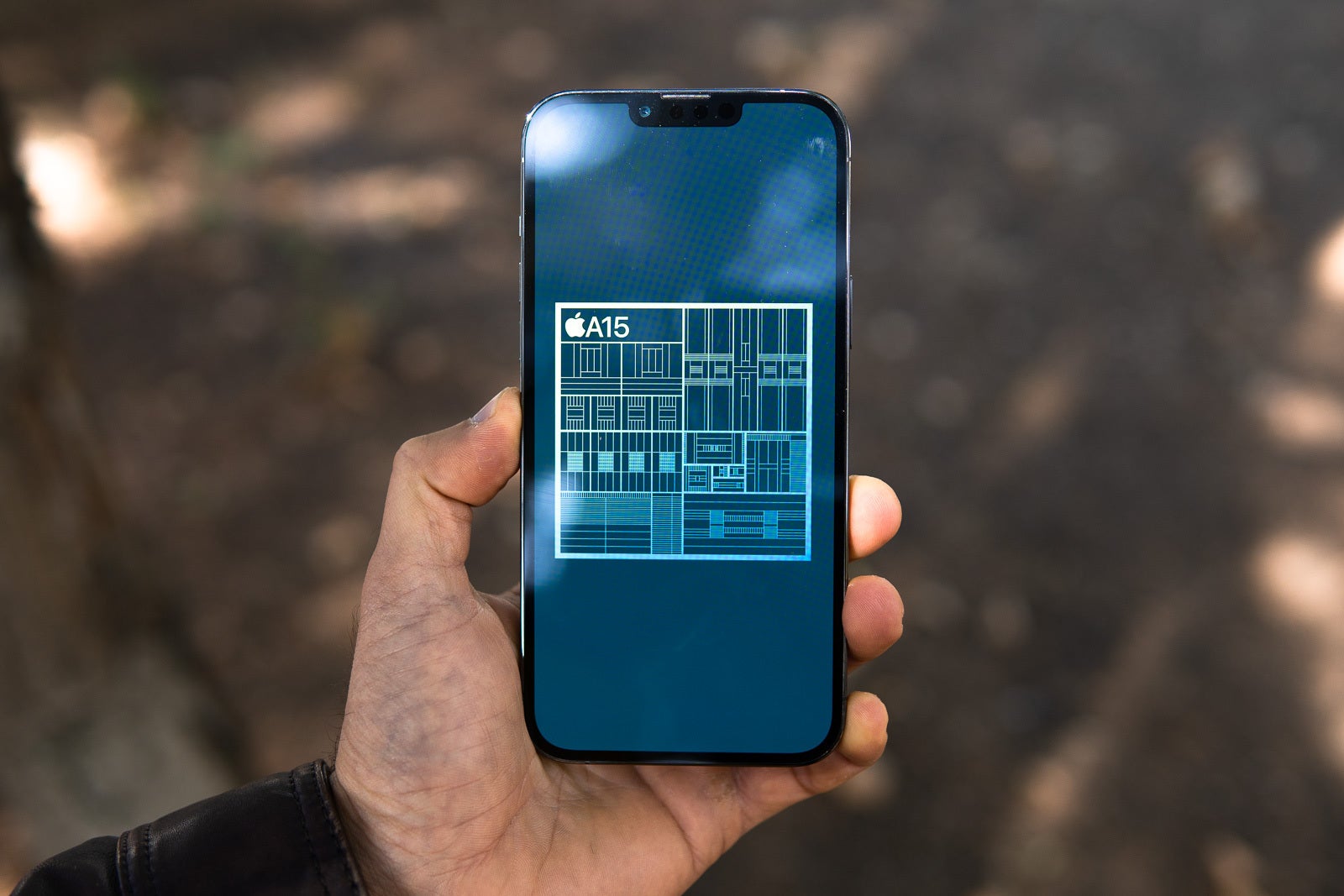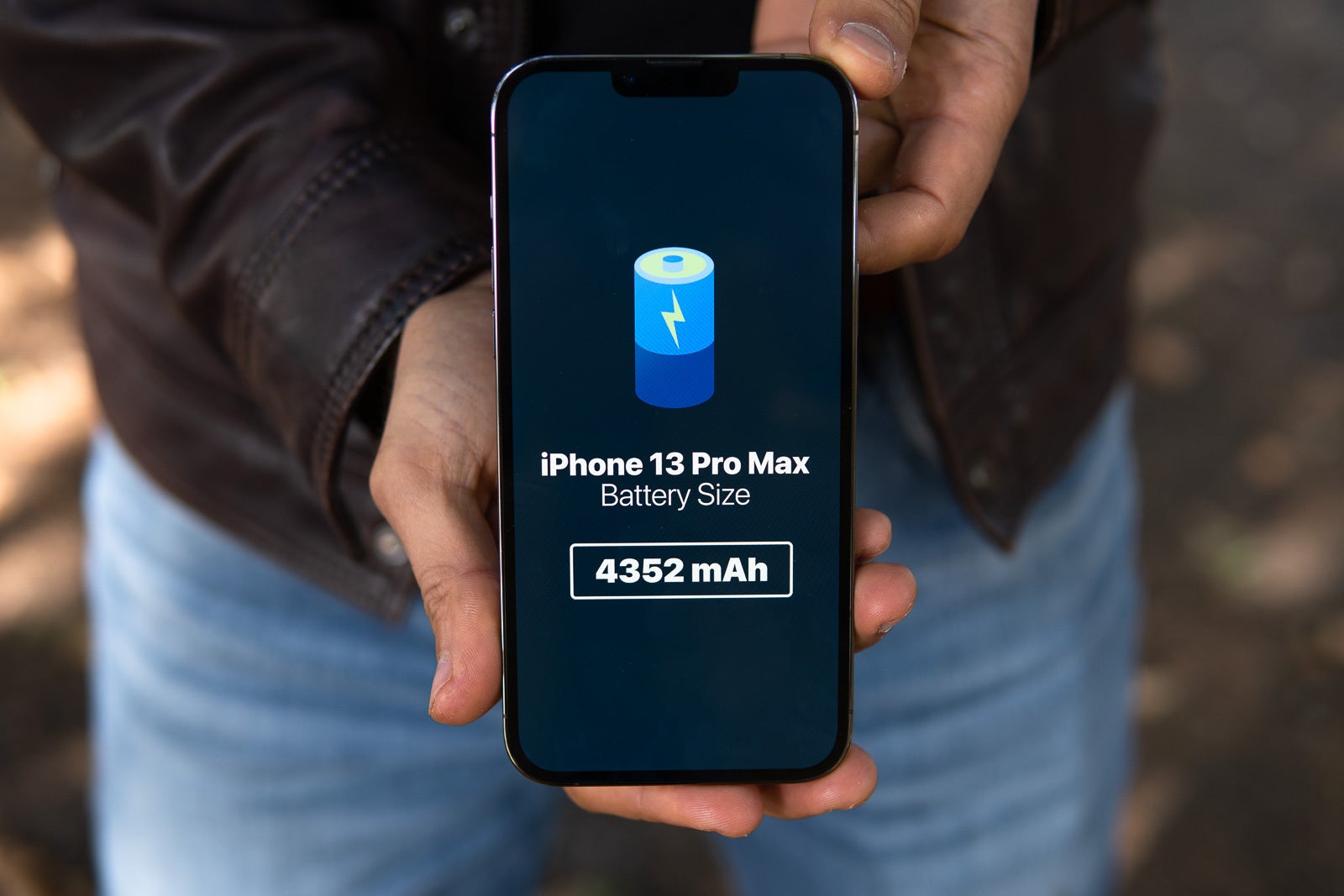Apple iPhone 13 Pro Max vs Google Pixel 7 Pro: Main differences to expect
Intro
The iPhone 13 Pro Max is without a doubt the best iPhone Apple has in its portfolio right now, boasting superb performance, industry-leading battery life, and more than commendable image quality. Surely, that’s enough to make it one of the very best phones you can get right now, period, though it certainly commands a premium price tag.
- Apple A15 Bionic vs Google Tensor 2
- 6.7″ 10-120Hz OLED vs 6.7″ 1-120Hz OLED
- iOS 15 (iOS 16) vs Android 13
- 12MP vs 50MP camera
- 4352mAh vs 5000mAh battery
Table of Contents:
Design and Display Quality
Let the premium phones duke it out
Google probably surprised just about anyone with its unexpected reveal of the Pixel 7 Pro’s design at Google I/O’22 last May. This isn’t the first time we’ve seen Google do that: you may remember the company revealed the Pixel 4 design way ahead of its official announcement.
In terms of design, the two are quite different. Apple has been pushing with its flat and business-like design for a few generations now, culminating with the iPhone 13 Pro Max. We have a stainless steel frame with glass up front and back, and that all imposing square-shaped camera island. For peace of mind, the phone has IP68 water and dust resistance, the front utilizes Apple’s Ceramic Shield, or extra-tough glass, and the camera lenses on the back are actually made of super-resistant sapphire.
Google Pixel 7 Pro
At the same time, the Pixel 7 Pro is seemingly too similar to its predecessor, with curved display up front and slightly curved back, with a protruding strip that’s housing all the cameras. It will be sharing the same color with the phone’s frame, which is very pleasing to the eye and improves the aesthetics.
The iPhone 13 Pro Max is shamelessly large and heavy, tipping the scales at 240gr. It’s also wider than other Android flagships, thanks to its flat screen and lack of tapered corners. While we applaud Apple’s effort for larger batteries, it has also added weight to an already massive phone. The Pixel 7 Pro would most probably have a similar footprint but be just slightly lighter.
Just like the iPhone 13 Pro Max, the Pixel 7 Pro is expected to come with a 6.7-inch display, an OLED one at that. The iPhone 13 Pro Max is the first iPhone to come with a 120Hz LTPO display, allowing it to change its refresh rate between 10 and 120Hz depending on the screen content. The Pixel 6 Pro was the first Google phone to do so, too, and the Pixel 7 Pro is actually expected to improve on that and allow for seamless 1Hz-120Hz switching.
Display Measurements:
Performance and Software
Will the Pixel 7 Pro be able to beat the iPhone 13 Pro Max in brawn?
Inside the iPhone 13 Pro Max, one would find the super-fast Apple A15 Bionic chipset, which is among the very best mobile chips available right now. Its performance could be hardly rivaled by Google’s very first custom chip, the Google Tensor, which debuted with last year’s Pixel 6 Pro flagship. Of course, the Google Pixel 7 Pro will be powered by a newer chipset, most certainly the Tensor 2.
What do we know of the Tensor 2 so far? Just like the first Tensor, it will be most certainly co-developed with with Samsung. There’s extremely high chance that it will be manufactured on a 4nm LPE manufacturing process, similar to the Exynos 2200 and Snapdragon 8 Gen 1 that Samsung is also producing. In terms of cluster configuration, Google could switch to a much more up-to-date 1+3+4 arrangement of the cores, though there’s a pretty high chance that the 2+2+4 order of the first Tensor could be used once again.
Performance Benchmarks:
In terms of memory and storage, we expect at least 12GB of RAM on the Pixel 7 Pro, as well as a starting storage capacity of 128GB at least. We also expect a 256GB, and even a 512GB version of the Pixel 7 Pro to be available for purchase. This would bode well with power-users, as the Pixel 7 Pro is unlikely to have a microSD slot for local storage expansion.
Here’s to hoping the Pixel 7 Pro will be able to rival—and beat—that.

Camera
The best of the best
The Pixel 7 Pro camera is still shrouded in secrecy, but we expect Google to build on the very strong foundation established by the Pixel 6 Pro. Google’s Pixels have already had great image quality no matter the hardware on deck, so there’s no doubt the Pixel 7 Pro will be superb in terms of camera performance. There’s more to the Pixel camera than hardware, and those are Google’s excellent image quality algorithms, further fueled by the Tensor chip.
- 50MP wide, f/1.85
- 12MP ultra-wide, f/2.2
- 48MP 4X zoom telephoto, f/3.5
Meanwhile, the iPhone 13 Pro Max uses a new sensor with wider aperture that’s able to capture more light in, and therefore have a much better low-light performance than its predecessors. The ultrawide camera receives a similar improvement and is now more adept in low light shooting thanks to higher shutter speeds. It also now supports macro photography, since the iPhone 13 Pr Max can recognize when you are attempting to picture anything up close.
Here is the camera setup of the iPhone 13 Pro Max.
- Wide camera: 12MP 26mm, f/1.5
- Ultrawide camera: 12MP 0.5X, or 13mm, f/1.8
- Zoom camera: 12MP 3X or 77mm (uses digital zoom further on)
- Front camera: 12MP
So, what are our expectations? Google has always stood up there with Apple when it comes to exceptional camera quality, and we expect the Pixel 7 Pro to stay true to that mantra and generally match the iPhone 13 Pro Max in terms of camera quality. Yet, if you’ve come to love that distinct “iPhone photo” look, the iPhone 13 Pro Max will be the perfect photographic companion for years to come.
Audio Quality and Haptics
The iPhone 13 Pro Max has some of the best and loudest stereo speakers on a phone, with crisp and deep sound that’s definitely a joy to listen to. However, we were also surprised with the Pixel 6 Pro last year, as it had some seriously powerful stereo speakers as well. And here’s to hoping that the Pixel 7 Pro will reiterate that success. Neither phone has a headphone jack.
Haptics are great on the iPhone 13 Pro Max thanks to its taptic engine. That said, we expect the same out of the Pixel 7 Pro – its predecessor had some neat vibration feedback, albeit on the softer side, but the upcoming flagship could definitely improve on that.
Battery Life and Charging
It will be hard to beat the iPhone 13 Pro Max
The iPhone 13 Pro Max is a phone that lasts extremely long. Two reasons for that: it has a large (for iOS standards) 4,352mAh battery and a super-efficient chipset, the A15 Bionic. Thanks to that, it is easily a two-day phone, and our real-life battery benchmarks confirm that.
Wired 30W charging will probably be found on the Pixel 7 Pro, as well as wireless charging. As a refresher, the previous Pixel generation supported 21W wired charging, and despite Google’s claims, it didn’t charge as fast as we had expected, requiring nearly two hours for a full charge.
In terms of charging, a full top-up of the iPhone 13 Pro Max with Apple’s 20W charger takes around two hours, which is slow compared with most of its Android rivals. Surely, you can get slightly better results with a more powerful charger, but not by much.

PhoneArena Battery Test Results:
Specs Comparison
For a full hardware comparison, check out our iPhone 13 Pro Max vs Google Pixel 7 Pro specs comparison here.| Specs | iPhone 13 Pro Max | Google Pixel 7 Pro |
|---|---|---|
| Dimensions | 6.33 x 3.07 x 0.30 inches (160.8 x 78.1 x 7.65 mm) | |
| Weight | 8.47 oz (240.0 g) | |
| Screen | 6.7″, 1080p, 10-120Hz LTPO OLED, flat | 6.7″, 1440p, 1-120HZ OLED, curved |
| Processor | Apple A15 Bionic | Google Tensor 2 |
| RAM | 6GB | 12GB |
| Rear Cameras | Wide camera: 26mm, f/1.5 Ultrawide camera: 0.5X, or 13mm, f/1.8 Zoom camera: 3X or 77mm (uses digital zoom further on) Front camera: 12MP |
50MP wide, f/1.85 12MP ultra-wide, f/2.2 48MP 4X zoom telephoto, f/3.5 |
| Front Camera | 12MP | |
| Battery Size | 4352mAh | 5000mAh |
| Charging Speeds | 20W | 20W |
| Price | $1099 (128GB) $1199 (256GB) $1399 (512GB) $1599 (1024GB) |
$899 (128GB) $999 (256GB) |
Summary and Final Verdict
Overall, it’s clear as day that the Pixel 7 Pro wouldn’t try to take on the iPhone 13 Pro Max in a pure hardware competition. The second-gen Tensor is unlikely to be decidedly better than the A15 Bionic, so Apple will continue to be in the lead. Not to mention that the iPhone 14 Pro Max is coming soon…
In a much cleverer fashion, Google will try to beat Apple in one of its favorite disciplines – the overall experience. After unsuccessfully trying to beat the best of Android in raw hardware with previous Pixels (and failing to do so), Google has finally understood that it will have to elevate the overall Android experience to a level that has been never reached before, and the main vessel for this would be the enhanced, Tensor-powered machine-learning capabilities of its upcoming phone. That’s a different approach that might just work.
And then comes the pricing difference: we expect the Google Pixel 7 Pro to start at $899 for the entry-level 128GB version, while the iPhone 13 Pro Max goes for $1,099, once again with 128GB in two. That’s a stark difference that could easily tip the scales in favor of the Pixel, provided that you have no ecosystem affiliation.
For all the latest Technology News Click Here
For the latest news and updates, follow us on Google News.
